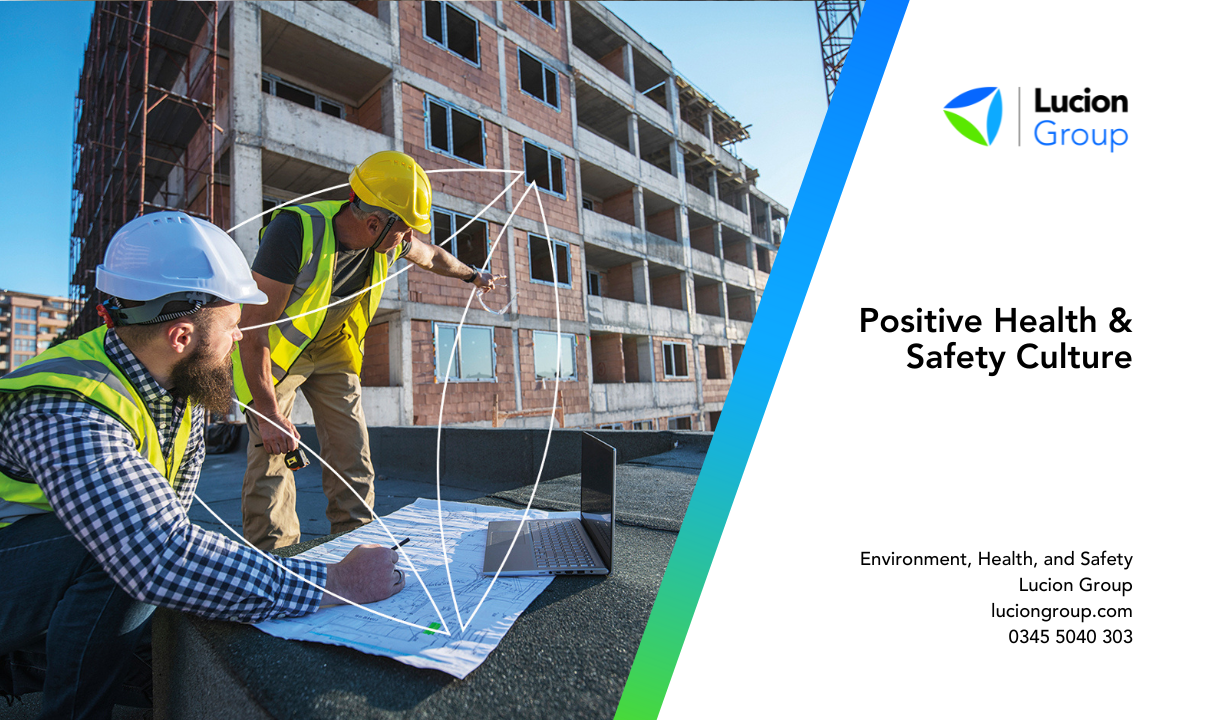BBC Radio 4’s The Westminster Hour discusses the regulation of asbestos in public buildings
31 August 2021In the latest episode of BBC Radio 4’s The Westminster Hour aired on Sunday, 29th August, the host Carolyn Quinn and guests discuss the regulation of asbestos in our public buildings.
The chairman of the UK Work and Pensions Select Committee, Steven Timms joins the programme to discuss the enquiry into the regulation of public buildings that his committee is launching in September on the back of alarming figures on the presence of asbestos, with 81% of schools and 94% of hospitals containing them.
With Covid-19 highlighting the concerns over air quality in public buildings, another invisible danger in the form of asbestos has come to the fore which can cause 5,000 deaths a year from lung cancer and related illnesses like mesothelioma.
The UK death rates from Asbestos-related illnesses are the highest in the world, despite the fact that the importation, supply and use of asbestos have been banned in the UK since 1999.
With the schools re-opening next week, a key concern has risen around the health and welfare of students and teachers alike with the issue of asbestos in our public buildings, calling for routine monitoring and maintaining a central register of asbestos locations in all public buildings.
Carefully planned strategy and the correct procedures in place can not only keep people safe from the risk of asbestos exposure but also ensure overall asbestos compliance; giving the duty holders peace of mind that the risks are under control and managed in accordance with Control of Asbestos 2012 regulations.
The Lucion solution
Lucion Environmental held a webinar recently to provide practical guidance and advice to a range of issues around asbestos, safety, compliance and sustainability in educational buildings and campuses.
The webinar provided much needed practical guidance and the latest, best practice approaches to dealing with asbestos, highlighting the need for more careful identification, management, and where applicable, removal of this hazardous material.
The webinar was on the back of extensive work Lucion has done with many local authorities, independent schools, higher education facilities, hospitals and other public buildings to manage the risk of asbestos.
There are strict Health and Safety Executive (HSE) and legal duties on public buildings aimed at reducing the risks to health that asbestos contained in building materials (ACMs) poses, and there should no longer be any excuse for anyone being exposed to potentially dangerous levels of airborne asbestos fibres in education premises.
Most people who work in public buildings are not directly involved in managing their buildings or in carrying out repair or maintenance work. However, they will need to know the location of any asbestos-containing materials (ACMs) and how they could be damaged or disturbed, therefore Lucion Services supports a central register of asbestos locations in public buildings.
It has long been recognised that the disturbance of ACMs in older buildings can lead to harmful fibres being released, with dangerous health risks to pupils and teachers. Government policy considers that asbestos that remains in good condition and is unlikely to be damaged or disturbed is not a significant risk to health as long as it is properly managed. Only when ACMs are disturbed or damaged is the risk of exposure increased through the release of airborne fibres.
Removal of asbestos from buildings remains a legitimate objective, however, financial considerations and pressure on resources mean it is clearly not feasible to remove all asbestos from buildings in the short term. Currently, asbestos air testing is only routinely carried out following asbestos repairs or removal works. Modern air monitoring and analytical techniques using scanning electron microscopy (SEM) provide the means to accurately and regularly measure any risks to occupants and enable the appropriate remedial actions to be taken.
SEM’s ability to detect fibre presence to a much lower level than standard technology, and to differentiate asbestos fibres from other types such as those from clothing, means it can effectively be used to properly assess workplace risk and ensure that appropriate remedial action is taken. In this way, periodic air sampling using SEM can provide the reassurance needed that staff and visitors to buildings are not being exposed to harmful asbestos fibre levels.
SEM’s ability to more accurately determine whether asbestos fibres are present means it can better identify the level of any risk that might be present — and what remedial actions are required.
Used in this way, reassurance air monitoring using SEM analysis can enable actual and direct asbestos risk measurements to be made in buildings. This in turn can be used to prioritise risk and target spending on abatement accordingly by avoiding areas that do not present a risk to the health of occupants.
This means that scarce maintenance resources can be properly allocated for the treatment and removal of the most dangerous ACMs, with the continued management of any remaining asbestos until a phased programme of asbestos removal can be initiated.
Want to get in touch?
If you would like to talk to one of our team about how our services could help you and your organisation, or if you just want to learn more about managing asbestos in public buildings, please contact us today. You can discuss your project needs with one of our experienced consultants.
Please either submit an enquiry using the enquiry form button on our website (located top right of your screen) or contact us:
E: info@lucionservices.com or kimberley.johnson@lucionservices.com
T: 0345 5040 303
Asbestos Is Schools White Paper
With widespread concern over the potentially harmful effects of asbestos in schools, modern air sampling and analytical techniques have the ability to better protect the health and safety of teachers and pupils. There is no safe limit of asbestos for people to breathe and we want everyone with a responsibility for safety in our schools to better understand the situation.
The white paper has been designed to provide important information to those who manage asbestos in buildings, in particular those who are responsible for the maintenance of the property and teachers.
.png)
Download From NexGen
Tool Box Talk: Asbestos Awareness
As part of Lucion’s Take Care Be Aware initiative, we actively take care of our health and safety responsibilities, with continuous awareness of our commitments to knowledge share and educate.
In doing so we have created a ‘toolbox talk’ on asbestos awareness to raise awareness of the hazards associated with asbestos-containing materials, enabling safety professionals to share knowledge and overall save the time and effort in producing them for you and your teams.
_2.png)
Download From NexGen
What Should You Do If You Discover Asbestos?
Does your team know what to do in the event that they find asbestos? Use our simple asbestos discovery flowchart to inform your teams about what to do when suspected asbestos is discovered.
Download Now
Why The UK Needs Tighter Asbestos Controls
The white paper has been designed to provide important information to those who work in schools, in particular those who are responsible for the maintenance of the property and teachers. Our white paper outlines why the UK ought to adopt measures in force in other European nations, who already share the same overriding EU legislation Directive 2009/148/EC on the protection of workers from the risks related to exposure to asbestos.
_1.png)
Download From NexGen


 NexGen
NexGen











